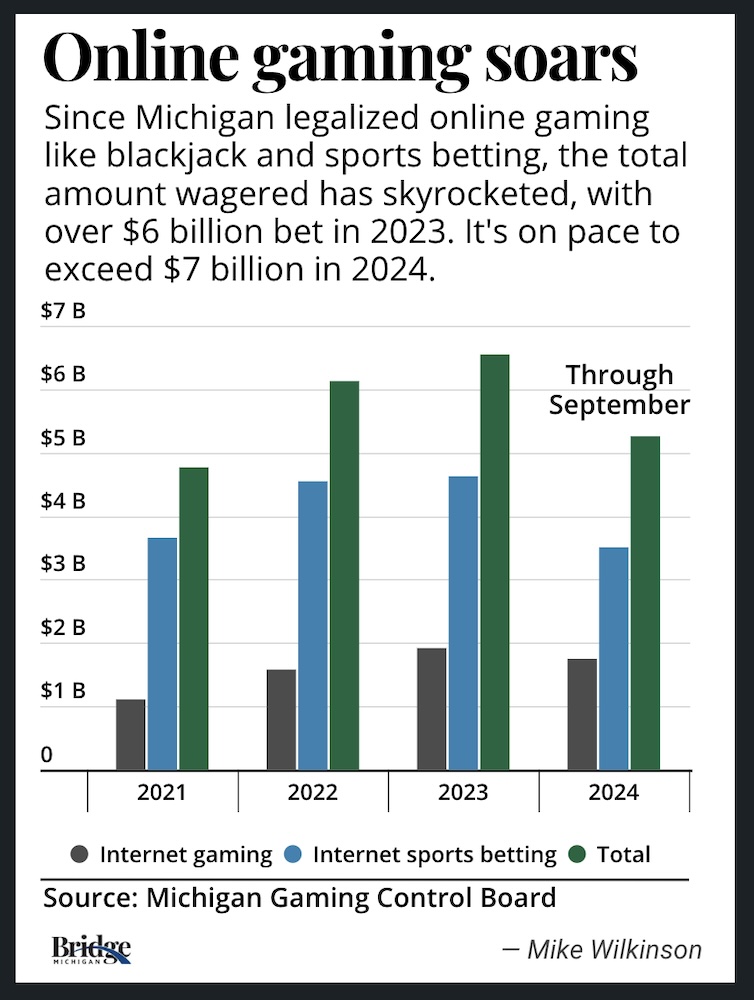BellSant’s digital physical experience is equipping gyms with tools to deliver comprehensive wellness services
The intersection of fitness and healthcare is evolving rapidly. As wellness continues to expand beyond traditional exercise, fitness centers are beginning to embrace the role of health and wellness hubs, offering services that extend beyond physical training to address comprehensive health needs.
This shift is driven by the growing demand for more proactive and accessible healthcare, especially as people seek alternatives to limited time spent with primary care physicians.
Gyms are uniquely positioned to fill this gap by offering their members access to health assessments, monitoring and personalized programming designed to support long-term wellness.
One company leading this change is BellSant, which has introduced a digital physical experience that streamlines communication between patients and their healthcare providers. By automating data gathering, lab orders, and other preparatory tasks, BellSant enables primary care providers to focus on meaningful discussions with patients in more efficient visits.
Athletech News spoke with BellSant’s co-founder, COO and CPO, Rick Bowman, to discuss the implications of this technology for the fitness industry and how gyms can leverage these innovations to offer more value to members.
Athletech News (ATN): Tell me about the impetus behind Bellsant and how it translates to the fitness industry.
Rick Bowman (RB): BellSant was founded to make scientific health research accessible and to provide personalized, evidence-based health guidance. With our team of over 20 leading academics and physicians, we address a critical healthcare gap — the limited time consumers get with their physicians.
In the fitness industry, BellSant serves as a unique bridge between fitness professionals and physicians, enabling personalized programming based on comprehensive health assessments across eleven different health systems.
ATN: How does the digital physical experience work?
RB: We’ve reimagined the annual physical by creating a streamlined digital experience that is much more robust and evidence-based than a typical yearly check-in. Through our app, users can connect their wearables and health devices. The system intelligently determines necessary screenings and blood tests, pulls in existing health data, and handles pre-visit assessments and lab orders.
This means when patients meet their provider, the focus is entirely on discussing results and creating action plans. It transforms the traditional once-yearly physical into an ongoing preventative care experience.
ATN: How can and how are gyms leveraging this?
RB: Gyms can use our platform to evolve into true health and wellness destinations. The technology enables them to offer clinical-grade health assessments across eleven health systems, using 92 different health markers.
This comprehensive data enables truly personalized programming backed by over 550 peer-reviewed studies. Gyms are uniquely positioned to provide continuous health monitoring between annual doctor visits, transforming the traditional member experience into an integrated wellness journey.
ATN: Do you think gyms must focus more on preventative health and wellness to remain relevant?
RB: Absolutely. With most people getting only 10 to 20 minutes annually with their physician and waiting an average of 30 days to see their physician, gyms are nicely situated to fill this preventative care gap through regular member interaction.
The market is already moving beyond just physical fitness to embrace overall wellness. Gyms that adapt can differentiate themselves by becoming essential partners in preventative healthcare, while those that don’t risk becoming obsolete. It’s about evolving from traditional fitness centers into comprehensive wellness destinations that serve both members and the broader healthcare ecosystem.
ATN: How are gyms monetizing this?
RB: We can help create several potential revenue opportunities, such as:
1) Premium membership tiers that include comprehensive health assessments and monitoring
2) Specialized health assessment programs that can be offered as standalone packages or periodic check-ins
3) Enhanced personal training with data-driven health insights
4) Expanded corporate wellness partnerships with clinical-grade assessments
5) Wellness coaches that guide gym and out-of-gym health plans.
ATN: What differentiates BellSant from other health and wellness tech options for gyms?
RB: BellSant stands apart through our deep integration of clinical expertise. We provide clinical-grade assessments across 11 health systems, backed by over 20 leading academics and physicians from prestigious institutions.
Our platform uniquely bridges the gap between fitness and healthcare, with proven results. A 2023 trial found that 17% of seemingly healthy participants had undetected health risks. The combination of medical expertise, comprehensive assessment capabilities, and white-label technology makes us a uniquely powerful solution for gyms expanding into preventative health.
ATN: What potential pitfalls should facilities be aware of when implementing preventative health and wellness services?
RB: The key challenges revolve around the scope of practice, data privacy, and clinical credibility. Gyms must clearly understand the boundaries between fitness guidance and medical advice.
Our clinically validated protocols, backed by leading medical experts, provide clear frameworks for appropriate collaboration between fitness and medical professionals. We’ve addressed data privacy through secure handling protocols and ensured clinical credibility through comprehensive assessments following United States Preventative Task Force recommendations.
By partnering with BellSant, gyms can confidently expand into preventative health while maintaining professional standards.
ATN: What are the implications of this technology for the future of the fitness industry?
RB: We’re witnessing a fundamental shift toward consumer-driven healthcare, where individuals take greater control of their health journey through technology. The future isn’t just about fitness or healthcare in isolation — it’s about creating a connected ecosystem where people can gather, understand, and act on their health data across various providers.
This democratization of health information means consumers can make more informed decisions and actively participate in their preventative care. The solutions that will thrive are those that can seamlessly integrate various aspects of wellness while maintaining clinical standards and delivering personalized, science-backed guidance when and where consumers need it.











